Pitt Island in the Chathams is the first area on earth to greet a new day. The isolated Chatham Islands has another unique claim by being the last home to the Moriori people. It is also the site of one of the worst acts of cruelty ever committed in the Southern Hemisphere.
In 1835, two waves of New Zealand Maoris landed on the Chathams and spread terror and death among the peace-loving Morioris. In 1862, only 5% of the population was left alive making the Moriori genocide one of the deadliest in history.
I lived in the South Island until I left New Zealand at the age of 21 to live in other countries, eventually returning 20 years ago. It wasn’t until one of the local TV channels began featuring the Chatham Islands in the nightly weather report that I realized these isolated islands 850km (520miles) east of New Zealand were actually New Zealand territory. With a recent push to establish a tourist industry in the Chathams, I thought it was time to find out more about this little known New Zealand territory. My research unearthed a very dark episode in reasonably recent Maori history.
EUROPEAN DISCOVERY
The name “Chatham Islands” comes from the British survey ship HMS Chatham which came across the island group while on a four-and-a-half-year voyage of exploration and diplomacy. Captain William Broughton landed on one of the islands on 29th of November 1791 and claimed possession for Great Britain. He named the island after John Pitt, the First Lord of the Admiralty. Because of its isolation in the southern Pacific and lack of any useful resources, Britain couldn’t see any use in holding onto the 10 islands that make up the Chatham group so palmed them off to the colony of New Zealand in 1842. European sealers had been based for short periods on the island from 1800 finally leaving in 1861 but there really wasn’t anything in it for Britain..
THE MORIORI
The Moriori are believed to have left New Zealand and crossed the Pacific to settle on the Chatham Islands around 1500CE. Their reason to make the shift is thought to be the danger the warlike Maori tribes posed when the latter arrived on mainland New Zealand from elsewhere in Polynesia. After they arrived on the Chatham Islands, the peace loving Morioris took a solemn vow of peace known as Nunuku’s Law. Their decision to uphold this sacred law in the face of Māori aggression in 1835 lead to their near extinction.
Little is known about these Chatham Island people who had lived in peace and harmony for over 600 years but it is pretty obvious that they must have been hunter-gatherers (mainly birds) and fishermen. They navigated their way around the 40km (25mile) radius that make up the Chathams group in a semi-submerged platform constructed of flax and supported with kelp air bladders. There was estimated to be about 2000 of them living in their isolated, bleak environment. New Zealand history books claim they were just another Maori tribe, but this is incorrect as they had their own culture and language and were not into the violence which was part of the Maori way.
GENOCIDE
On 19 November 1835, the English brig Lord Rodney, arrived on the Chathams with 500 Taranaki Maori men women and children. They landed with guns, clubs and axes and 78 tonnes of potatoes for planting. Another 400 arrived from New Zealand on the same ship three weeks later. They were escaping what has become known as the ‘musket wars’ when, between 1807 and 1837, Maori tribes launched 3000 attacks on each other for territory and revenge. On arrival on the Chathams, the 900 invaders were offered peace, food and shelter but it was thrown back in their faces. They showed their true intentions when they killed a 12-year-old Moriori girl and hung her flesh on posts. The horrific act was done to install fear in the hearts of the Morioris. The invaders then began killing, eating and enslaving the Moriori people. Led by their chiefs and armed with muskets, clubs and tomahawks, they stormed through Moriori tribal territories and settlements without warning. If they wanted to occupy an area they simply informed the inhabitants that their land had been taken and the Moriori living there were now their slaves. The savage murdering that took place is too horrific for me to detail in this blog and is a blot on Maori history, and it has to be said, is little known about. I was never told about it during my years studying New Zealand history at school. The Chatham Island Massacre is a chapter that has apparently been pencilled out of the pages of most local history documents.
Although Moriori outnumbered the invaders almost two to one, they chose to obey Nunuku’s Law and did not fight back and were in danger of being completely destroyed at the hands of the bloodthirsty Maoris. “Those who discovered the law of nonviolence in the midst of violence were greater geniuses than Newton.” — Gandhi. A Moriori survivor recalled, “The Māori commenced to kill us like sheep. We were terrified, fled to the bush, concealed ourselves in holes underground, and in any place to escape our enemies. It was of no avail; we were discovered and killed – men, women and children indiscriminately.” A Māori who took part in the ritual killings explained, “We took possession in accordance with our customs and we caught all the people. Not one escaped.” (a spooky echo of ISIS comments as they spread terror through Syria) During the enslavement the Māoris forbade the speaking of the Moriori language and forced them to desecrate their sacred sites by urinating and defecating on them. Moriori were forbidden to have children with each other. Those who managed to survive the carnage were forced into slavery. At that time, it was part of Maori culture to have slaves so to them, it was a state of affairs that they accepted without question.
NO GOVERNMENT SUPPORT
Following a series of petitions to Governor George Grey in the 1860s for help, the New Zealand government finally agreed to look into the Chatham grievance. However, a land court in 1870 decided to give most of the stolen islands to the two Maori tribes that had so devastated the peace-loving locals despite the fact that most Māori had by that time returned to their homes in Taranaki. It was a case of justifying the taking of Maori land by European settlers. The reasoning by the government was: if the Maoris can enslave the Moriori in their own homeland, then it is okay for white settlers to do the same to the Maori.
FINALLY, A GOVERNMENT AGREEMENT
158 years after the original Moriori plea for help, the New Zealand government agreed on a settlement and is a testament to the courage, commitment and tenacity of the Moriori survivors. The deed signing in February 2020 was a major step toward the final settlement of all historical Moriori claims. It included a Crown apology, agreed historical account, and financial and cultural redress for historical breaches of the Treaty of Waitangi. The settlement package included the transfer of lands of cultural and spiritual significance to Moriori on Chatham and Pitt Islands and $18 million in financial redress. There are estimated to be around 700 people of Moriori descent living in New Zealand with only 36 still on the Chatham Islands.
I have never been to the Chatham Islands but I have spent time on the Shetland Islands and the Outer Hebrides which have a similar climate and landscape to the Chathams. I know what it feels like to be in such bleak places. The isolation also stirs the imagination. I would not be surprised if the ghosts of the Moriori people who suffered at the hands of the violent Maori invaders float in the winter mists that often descend over these faraway New Zealand governed islands.
Ceidrik Heward
Ceidrik Heward is an Amazon TOP SELLING AUTHOR and has lived and worked in 7 countries working as a TV cameraman, director and film tutor. For the past 17 years he has focused on writing and has been published in magazines and newspapers in Europe, USA, Asia and the Middle East.
His interests include photography, psychology and metaphysics. He loves to read and always has at least 3 books on the go. He has written 22 manuals/books and has just completed his 4th short novel. Ceidrik believes sharing information and stories is the best way to stimulate the imagination and enrich our lives.
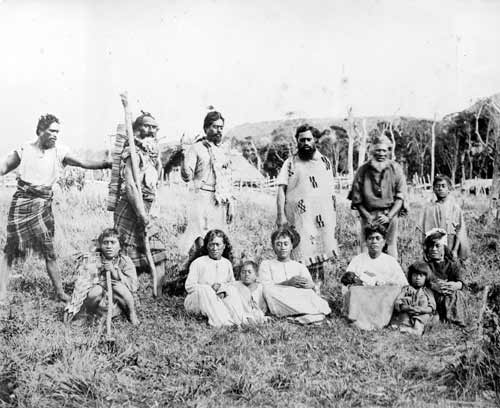
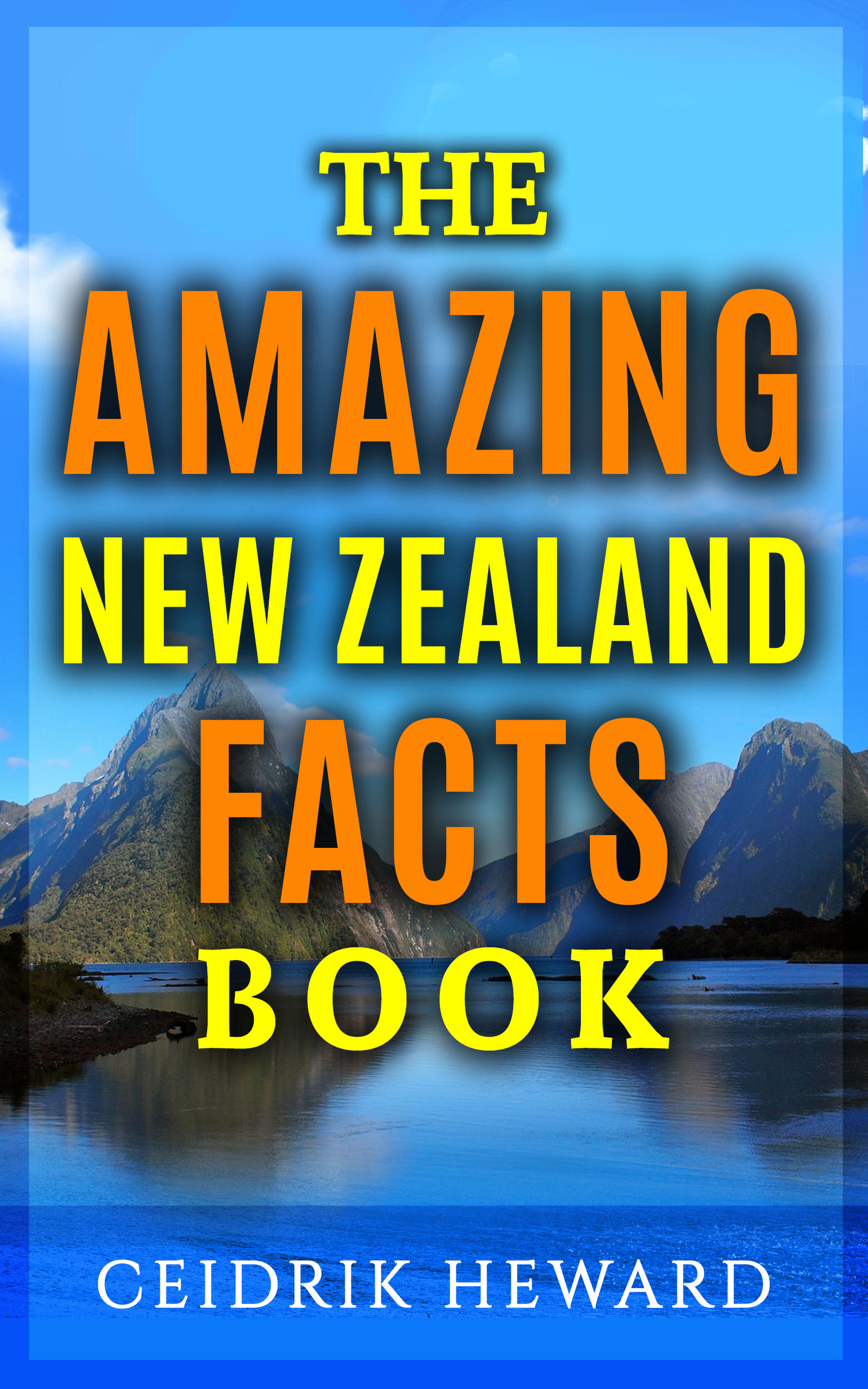
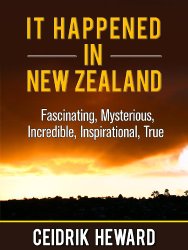
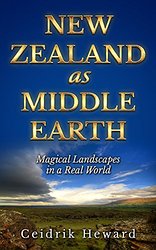
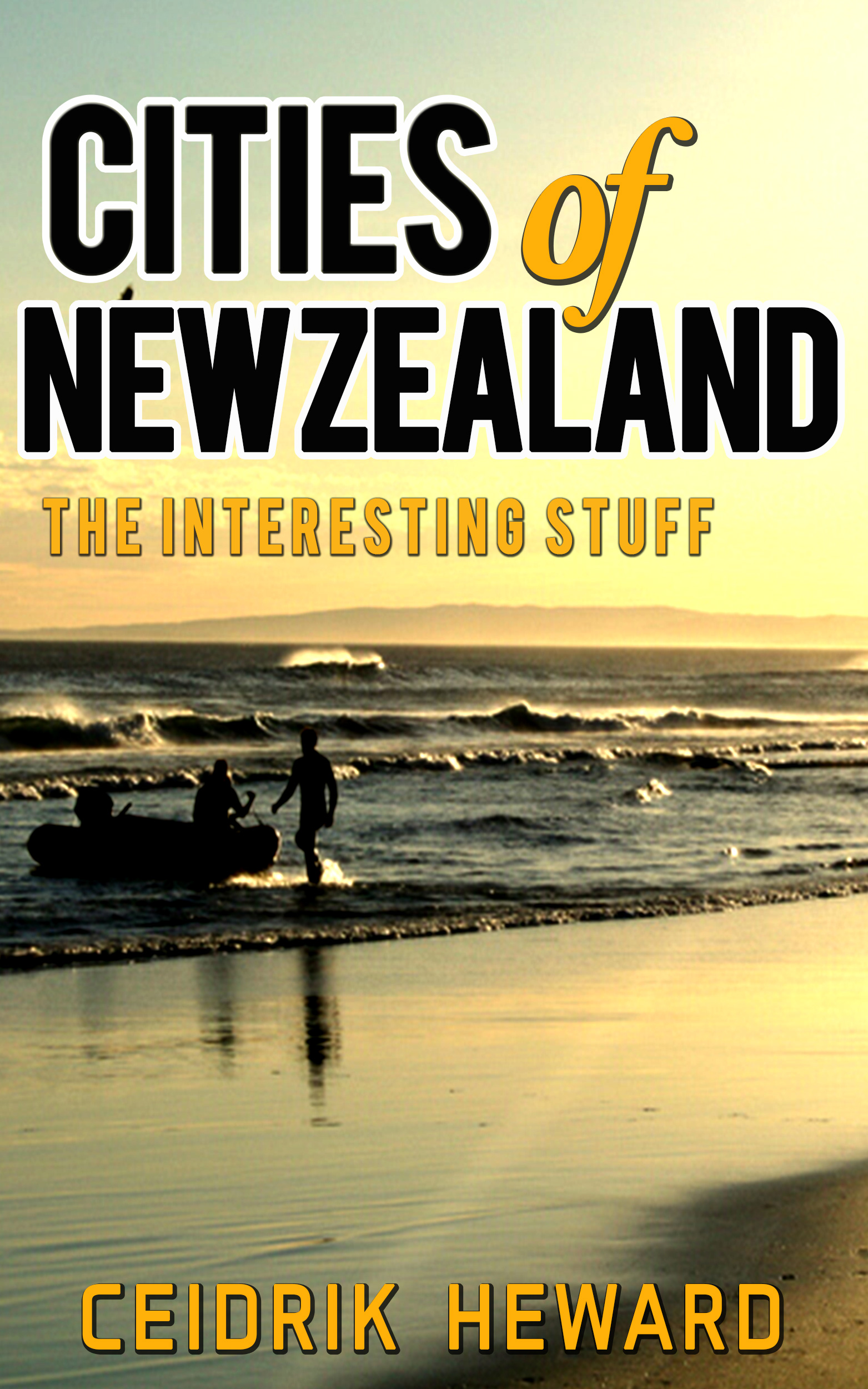
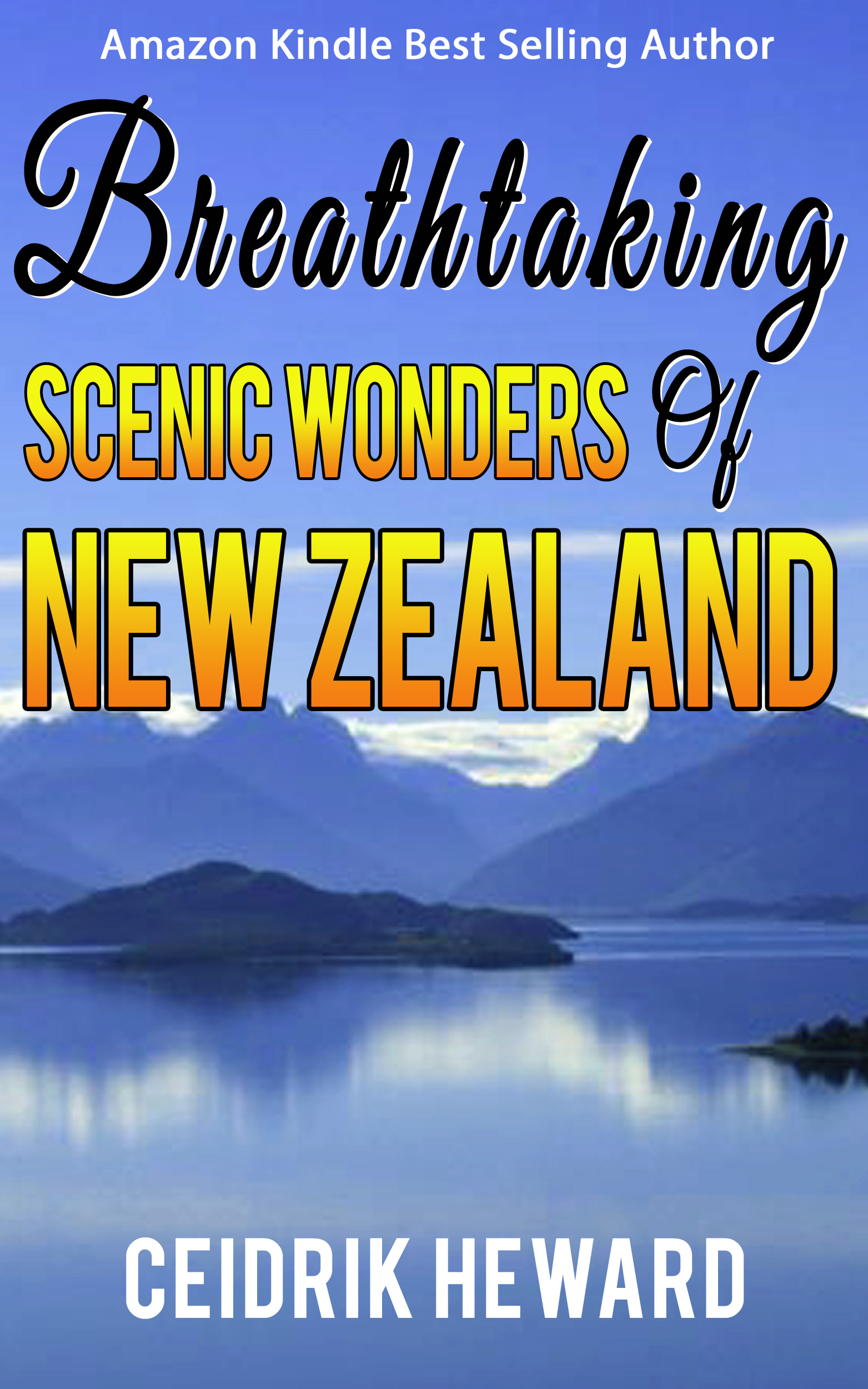
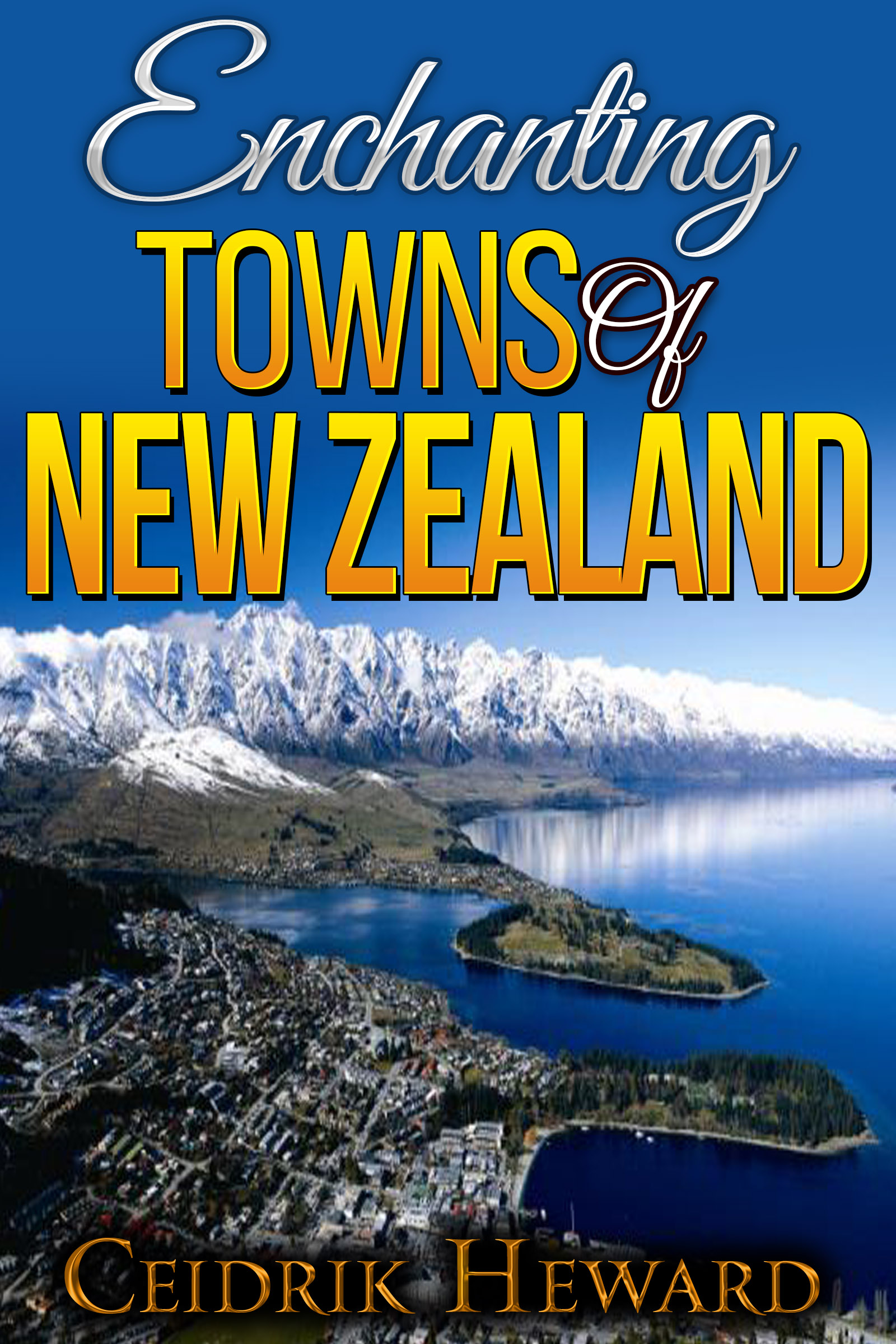
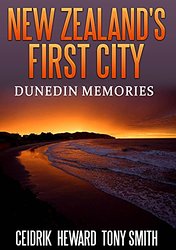




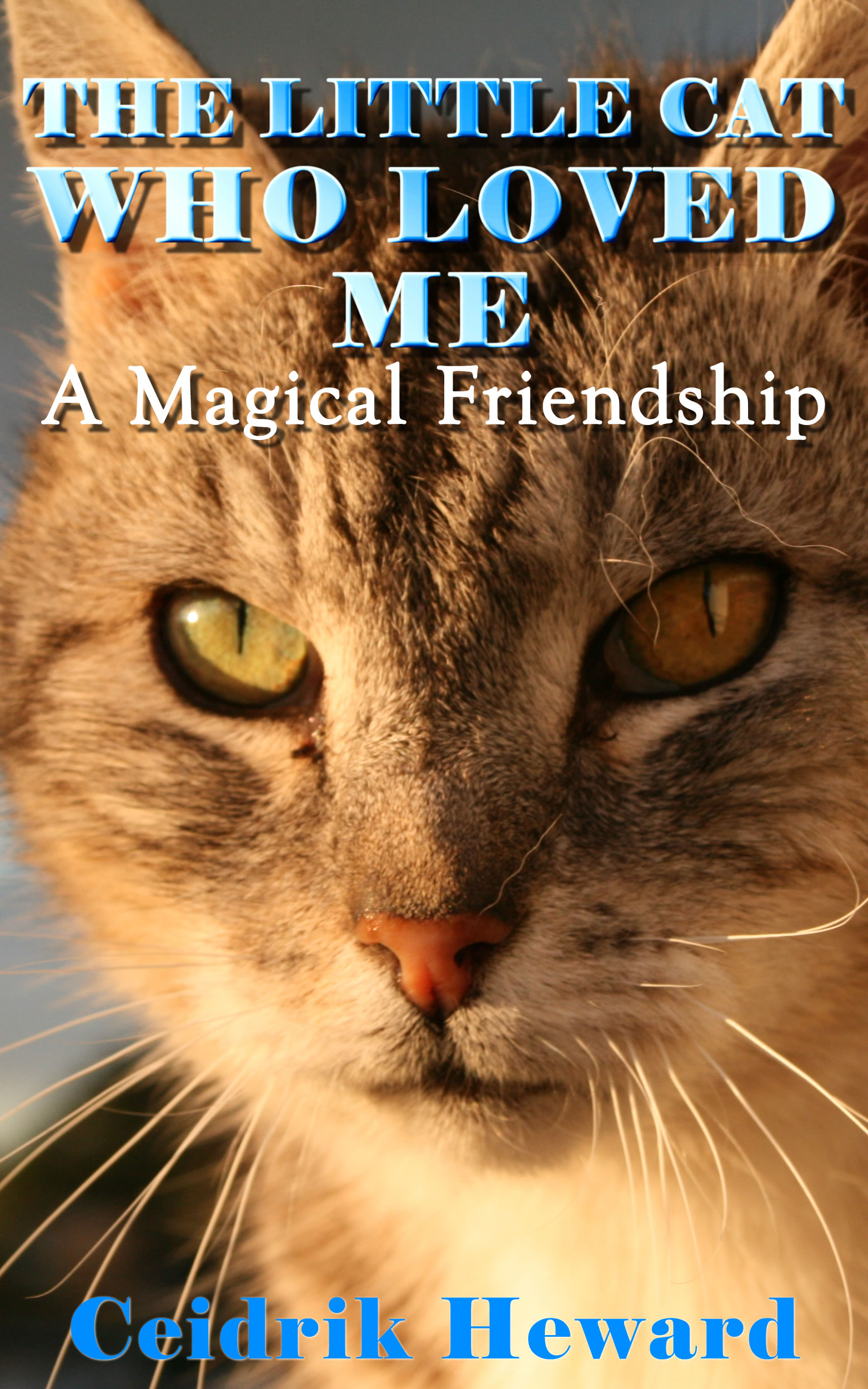







 Visit Today : 148
Visit Today : 148 Total Visit : 1133325
Total Visit : 1133325
Ceidrik, you’re still at it! Thank you for the interesting read. It does paint a bleak picture. I have some interesting information for you. Contact me some time.